2013 Ground-Mount Project of the Year Runner-Up: Konterra Solar Microgrid
Energy storage is a fairly overlooked option when it comes to solar projects. Batteries are a necessary addition when the solar system is out in the wilderness and most definitely off-grid, but when it comes to larger commercial installations in urban environments, energy storage isn’t often included in the plans. One game-changing project near Baltimore hopes to transform that mindset. The recently completed 402-kW carport installation at Konterra Realty’s headquarters in Laurel, Md., not only has energy storage, it also has microgrid features, and its ingenuity helped it win second place in the ground-mount category of Solar Builder’s 2013 Project of the Year awards.
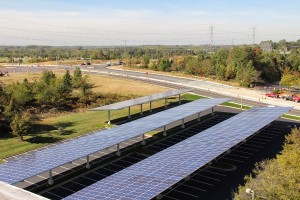 Developer Standard Solar initially talked with Konterra about a possible solar project without any battery storage or microgrid features. Around the same time, Solar Grid Storage had introduced its grid-integrated storage systems to Standard Solar. Solar Grid Storage manufactures storage systems that are co-located with the PV system but are separately owned and maintained by Solar Grid Storage. Thinking that Konterra would be an ideal site for a microgrid, Standard Solar approached Konterra about expanding the project to become a commercial microgrid. The group of interested parties then applied for a Maryland Energy Administration (MEA) “Game Changer” grant and was one of four grant awardees.
Developer Standard Solar initially talked with Konterra about a possible solar project without any battery storage or microgrid features. Around the same time, Solar Grid Storage had introduced its grid-integrated storage systems to Standard Solar. Solar Grid Storage manufactures storage systems that are co-located with the PV system but are separately owned and maintained by Solar Grid Storage. Thinking that Konterra would be an ideal site for a microgrid, Standard Solar approached Konterra about expanding the project to become a commercial microgrid. The group of interested parties then applied for a Maryland Energy Administration (MEA) “Game Changer” grant and was one of four grant awardees.
“Integrating grid-integrated storage with the PV system has the potential to reduce PV project costs and offers new benefits including backup power, demand reduction and peak shaving,” says Standard Solar CEO Tony Clifford. “Moreover, the system can enhance grid reliability by helping to balance the grid through frequency regulation, volt-ampere reactive (VAR) compensation and demand response services.”
This grid-interactive energy storage system features two Princeton Power 250-kW inverters interacting with a 300-kWh lithium ion battery bank on the DC side. A 402-kW PV system — powered by 1,368 Suniva modules atop Solaire Generation carport structures — shares the inverters’ power capacity with the batteries.
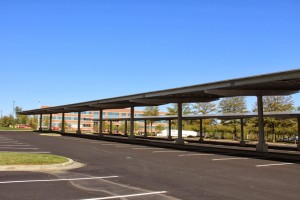 “The PV system will utilize only about 360 kW of the inverter capacity during peak hours, leaving 140 kW minimum capacity for the battery operations,” Clifford says. “The battery system is an essential part of the storage system as it provides grid support through frequency regulation on the PJM regional transmission grid. The battery system’s participation is very valuable due to its ability to respond extremely quickly to the grid’s need to charge or discharge.”
“The PV system will utilize only about 360 kW of the inverter capacity during peak hours, leaving 140 kW minimum capacity for the battery operations,” Clifford says. “The battery system is an essential part of the storage system as it provides grid support through frequency regulation on the PJM regional transmission grid. The battery system’s participation is very valuable due to its ability to respond extremely quickly to the grid’s need to charge or discharge.”
Once a battery is on-site with solar, energy storage can be used in very valuable ways. For instance, storage can be used for emergency power if the grid goes down. Normally PV systems are shut down during an outage, but having batteries there allows the systems to continue to operate. In extended outages, critical loads could be powered indefinitely with this solar/storage setup.
Grid functions have value as well. Grid operators can use this storage situation to maintain power balance.
“[Grid operators] could charge or discharge a battery to help equalize frequency and power on the grid,” says Solar Grid Storage CEO Tom Leyden. “By giving them access to that asset, they’ll pay you for that. There is some new revenue and new values that you can get from the PV system that was not enabled before. It’s really the beginning of this transformation of the utility grid and kind of the next big step in the solar industry to get even more value from these PV systems going in.”
 Construction on Maryland’s first commercial-scale solar grid-interactive battery storage system began in June 2013 and finished three months later. Three Solaire canopies were installed double-wide to cover two parking spaces face-to-face, providing shade for around 130 total parking spots. The solar array also includes two electric vehicle charging stations with the infrastructure for four additional stations. The entire system is estimated to generate 20 percent of Konterra’s annual power.
Construction on Maryland’s first commercial-scale solar grid-interactive battery storage system began in June 2013 and finished three months later. Three Solaire canopies were installed double-wide to cover two parking spaces face-to-face, providing shade for around 130 total parking spots. The solar array also includes two electric vehicle charging stations with the infrastructure for four additional stations. The entire system is estimated to generate 20 percent of Konterra’s annual power.
Clifford predicts microgrid systems to soon become more of the norm.
“Going forward, the use of scalable distributed renewable energy generation technologies is expected to become common for microgrids,” he says. “The increasing frequency of grid outages, especially as a result of catastrophic weather events like Hurricane Sandy, is the main driver in the rush to develop microgrids.”
Standard Solar and Solar Grid Storage’s project at Konterra’s headquarters is a significant first step in changing the way people view large-scale solar installations.
“It’s really the beginning of the next big phase of the solar industry,” Leyden says, “where you can maximize and take full advantage of solar not just by creating kilowatt hours but by doing many more things with that incredible power.”

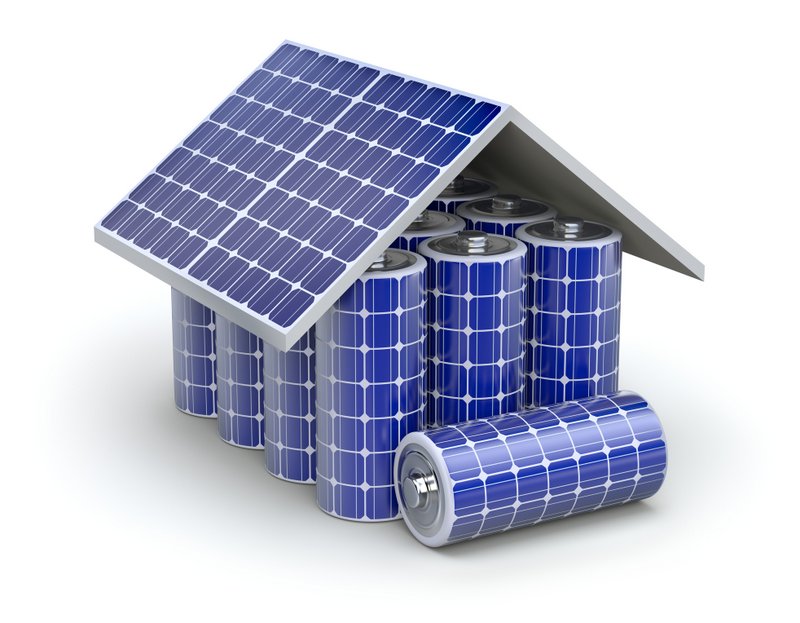
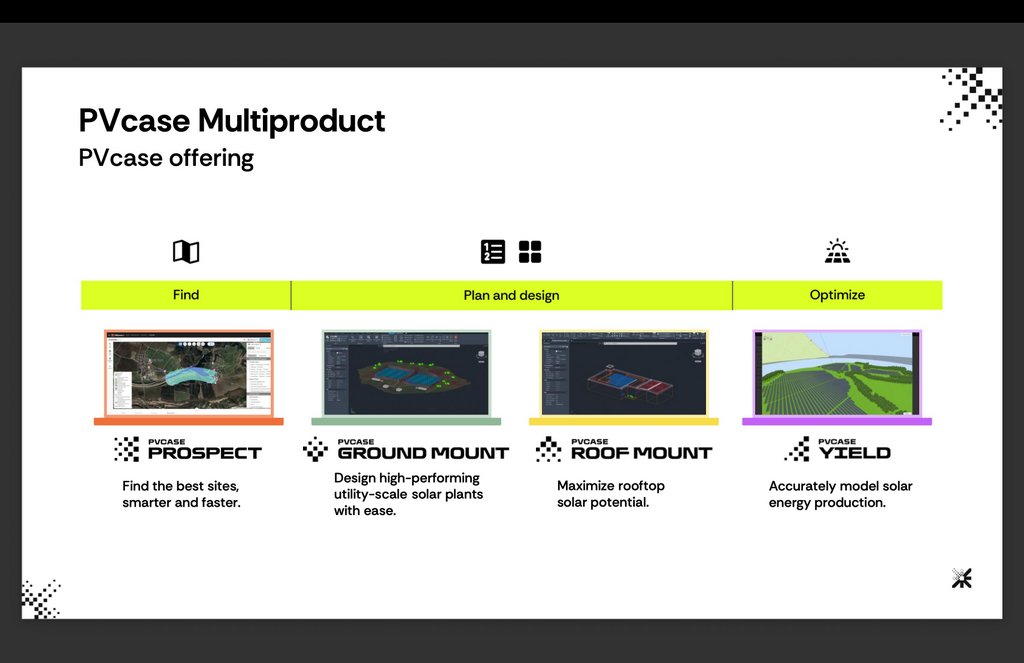
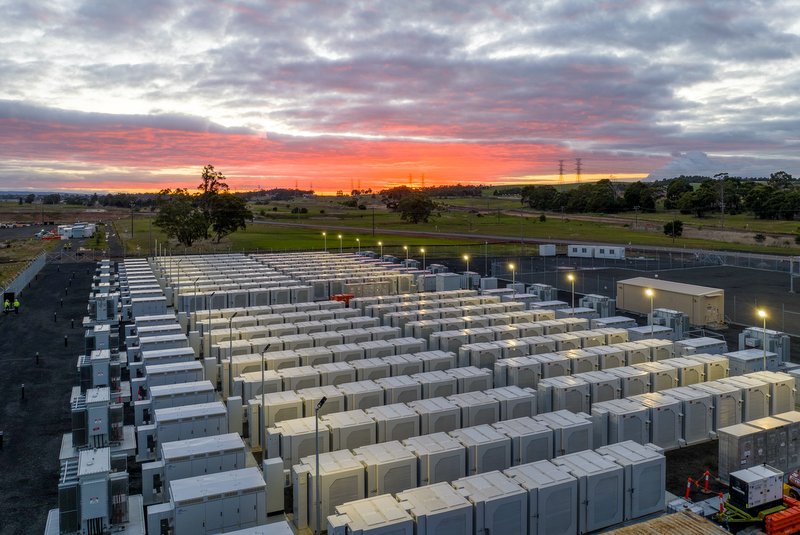
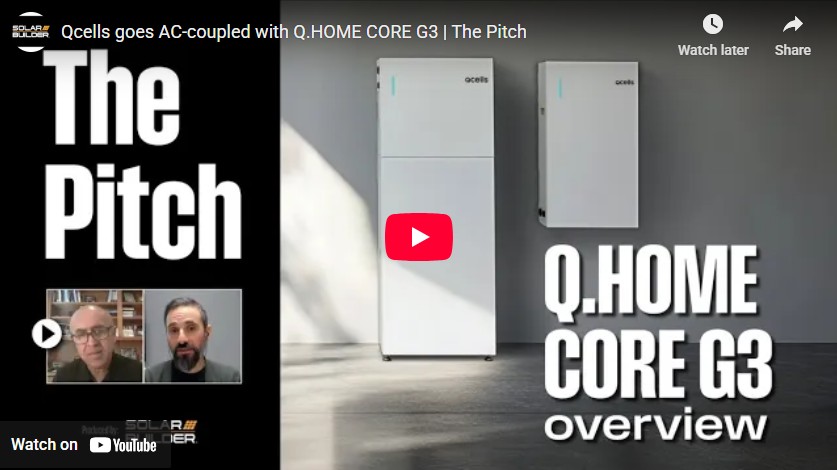
Comments are closed here.